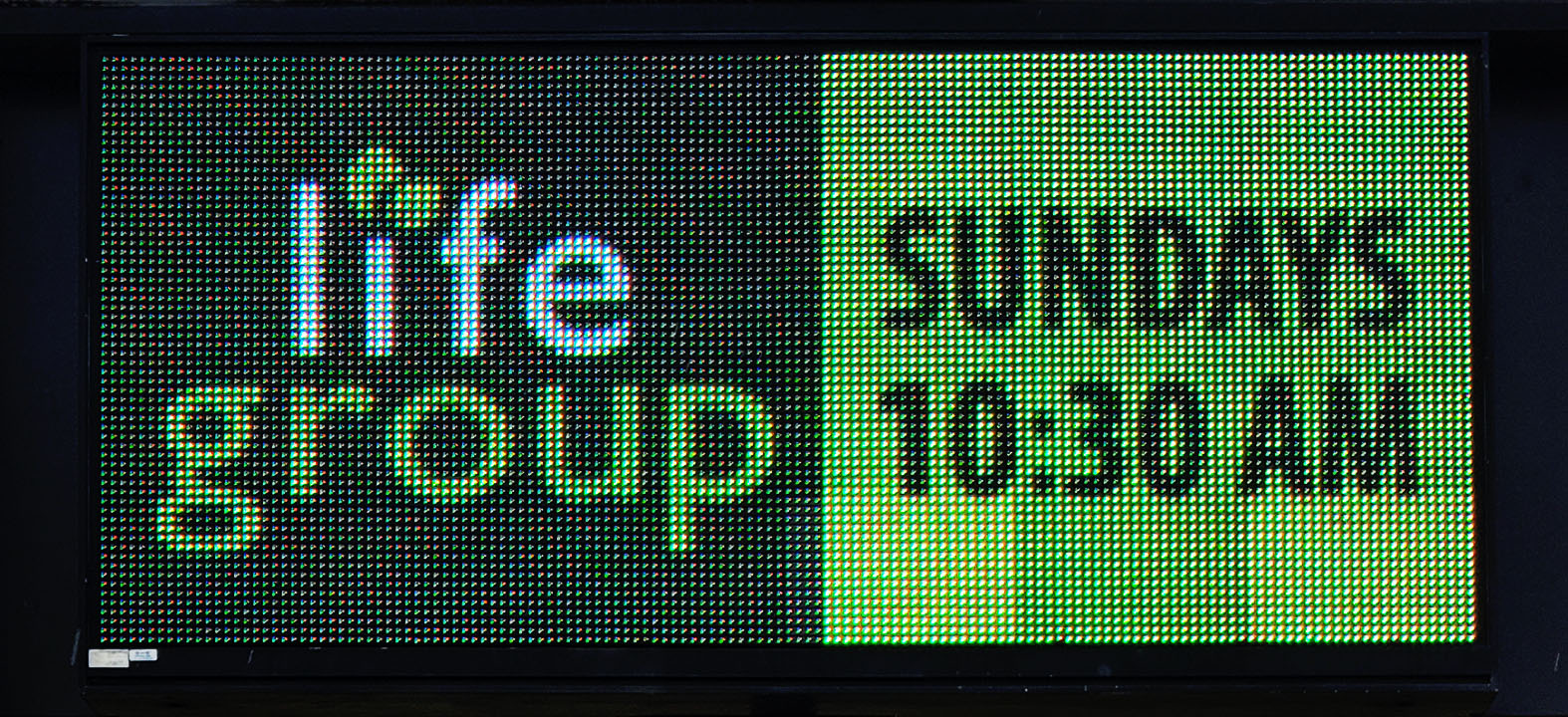Part 4 of 5 in the LED Walls series
Choosing the Right LED Processor
Selecting an LED Processor requires several critical pieces of information upfront: how many panels are needed, how many total pixels, overall design, etc. However, once the basic information is determined, there are several other “advanced features” to consider.
Once we know the signal path, we also need to consider how we Color Calibrate, adjust Refresh Rate, dial in Moire settings, and scale the resolution from a broadcast standard to the custom resolution of the wall. If these options are not available directly on the processor, then they will have to be controlled elsewhere, either by the Video System before the Processor or within the configuration of the LED panels themselves. Once the processor is configured, all of these settings are saved into a Cabinet File that can manually be recalled in the event that a Panel malfunctions or needs to be reset.

Panel Color Calibration
Since an LED wall is composed of multiple panels, we must ensure that the colors represented on each panel match the rest of the panels. Some LED processors allow you to color calibrate each panel (or quadrant) and save this information to the panels. Selecting a processor without this feature will require you to color calibrate using an additional piece of hardware.
Refresh Rates
Some LED walls are capable of running at multiple refresh rates. Therefore, you want to select a processor that allows us to choose the correct refresh rate for your specific environment based on camera shutter speeds, speed of motion in any video content, etc. When dealing with cameras, you may also want to choose a processor that allows you to control phase offset, signal frame rate, clocking via genlock/reference, etc. These additional features put more tools in your pocket to help reduce the effects of moire on camera.
Check out the video below to learn all about Moire.
Resolution Scaling
Lastly, you may want to consider a processor that contains a built-in scaler. Since LED walls rarely conform to broadcast-standard resolutions (1080p, 1080i, 720p, etc.), the processor will need a custom resolution to match the vertical and horizontal pixel space. If the processor cannot scale the incoming resolution appropriately, additional hardware will be needed before the signal enters the processor.
Ultimately, identifying which of these feature sets are required on the processor itself and what can be done externally on other hardware in the system will help you select the appropriate processor for your application.
And if you're curious about budgets or pricing, check out our LED Wall Calculator!